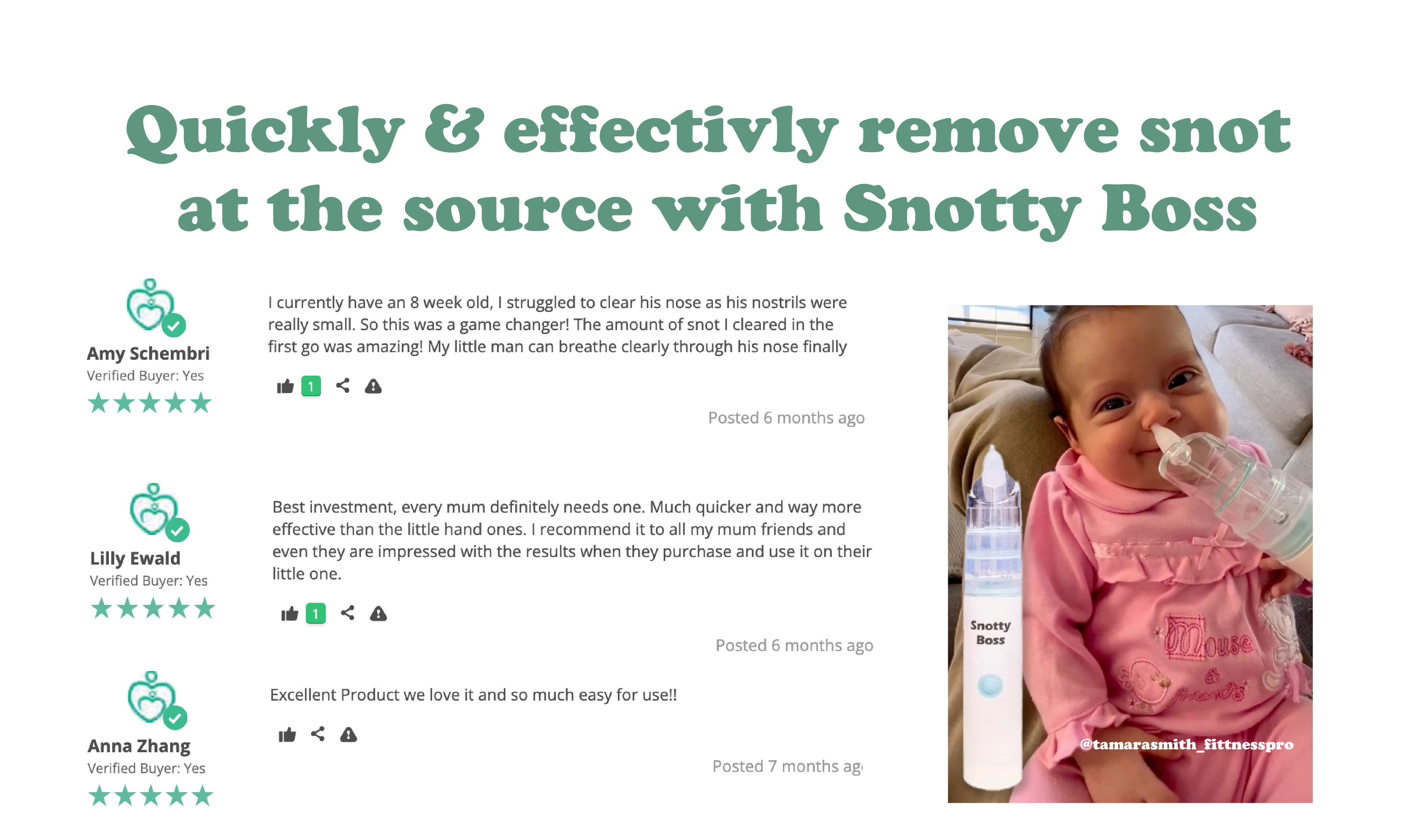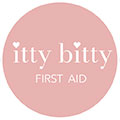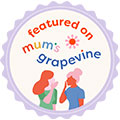Baby Snot 101: A Colour Guide for Concerned Parents
Posted by Emma, Snotty Noses HQ on 28th Feb 2024
The runny noses and snot of your little ones can be a cause for concern for many parents. Often, the first indication of their wellbeing can be found right in their tiny noses.
While it might not be the most pleasant topic, understanding the various colours and textures of snot can be instrumental in monitoring the health of your baby.
Let's explore what different snot colours might indicate and how you can alleviate symptoms associated with a runny nose.
What Different Colours of Snot Indicate
Clear
Clear snot is perfectly normal and is generally a sign that your baby's nasal passages are functioning well. Babies often have a runny nose because they are exploring the world through their mouths and noses, which can lead to increased mucus production.
White
A white colour usually indicates a mild cold or an ongoing process to clear irritants or infections. It might also be a sign of early sinus congestion, where the mucus becomes thicker.
Yellow/Green
Yellow or green snot may indicate a bacterial infection. This is because white blood cells, which fight infection, may turn the mucus this colour when they are in large numbers. However, it is also normal for the snot to turn yellow or green in the latter stages of a viral infection. Always consult your pediatrician if you notice these colours persisting.
Brown/Red
Brown or red snot, which may indicate blood, is generally a sign of dryness or minor irritation in the nasal passages. Occasionally, it can also be a result of a minor injury. Keeping the baby's nasal passages moist can help prevent this.

ORIGINAL SOURCE OF IMAGE LINKED HERE.
Ways to Relieve Symptoms
Now that we've identified what different colours of snot may indicate, let's discuss some ways to relieve symptoms associated with a runny nose:
 1. Saline Nasal Drops:
1. Saline Nasal Drops:
These can help clear congestion and keep the nasal passages moist. It's suitable even for newborns.
2. Steamy Shower:
Breathing the vapour from a steamy shower can help soothe and relax your baby, potentially reducing nasal and respiratory congestion. Snot make be easier to remove after 10 minutes in a warm shower.
3. Humidifier:
While a short burst of steam from a warm shower helps relieve congestion, a humidifier in your baby's room should NOT expel steam. Instead a "cool mist" humidifer or vaporiser turns tap water into vapour through ultrasonic vibration not heat.
This mist can prevent dry mouth and nose, which often exacerbates congestion, coughing and irritation. The HUSH Cool Mist Vaporiser has been awarded five stars by hundreds of customers for it's 8-in-1 technology and it's reliable designer that allows you to fill the tank once and run continuous purified vapour all night.
4. Hydration:
Ensuring that your baby is well-hydrated can thin the mucus, making it easier for your baby to expel it.
5. Nasal Aspirator:
Such as the Snotty Boss Aspirator can be used at home to gently remove mucus from your baby's & child's nose. Make sure to use choose your product cautiously to avoid injuring the delicate nasal passages with hard plastics and hard to wash parts as well known standard bulb syringes options can cause further issues. Opt for an easy to clean option to avoid germ and mould build up. Snotty Boss has soft silicone nozzles and a clear catchment container that pulls apart in seconds to quickly flush & sanitise after every use.
6. Consult a Doctor:
If symptoms persist or worsen, it's always a good idea to consult your pediatrician to get appropriate advice and treatment.

While a runny nose and changing snot colours can be a normal part of your baby's development, it is also a way for parents to monitor their baby's health.
Understanding what different snot colours mean can help you stay informed and take appropriate measures to ensure your baby remains comfortable and healthy.
Always remember, when in doubt, consult your pediatrician to get the best guidance for your little one's health and wellbeing.

















